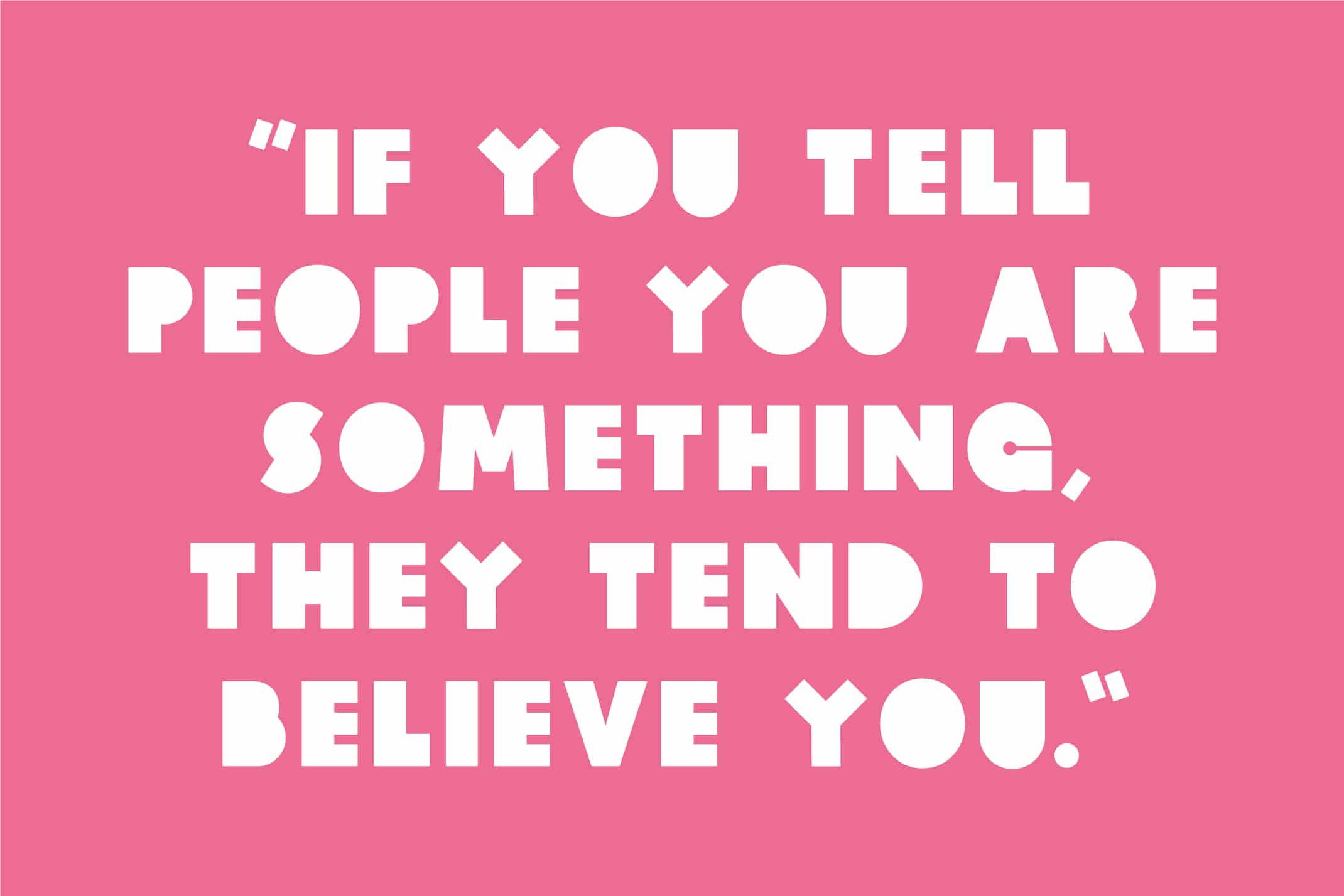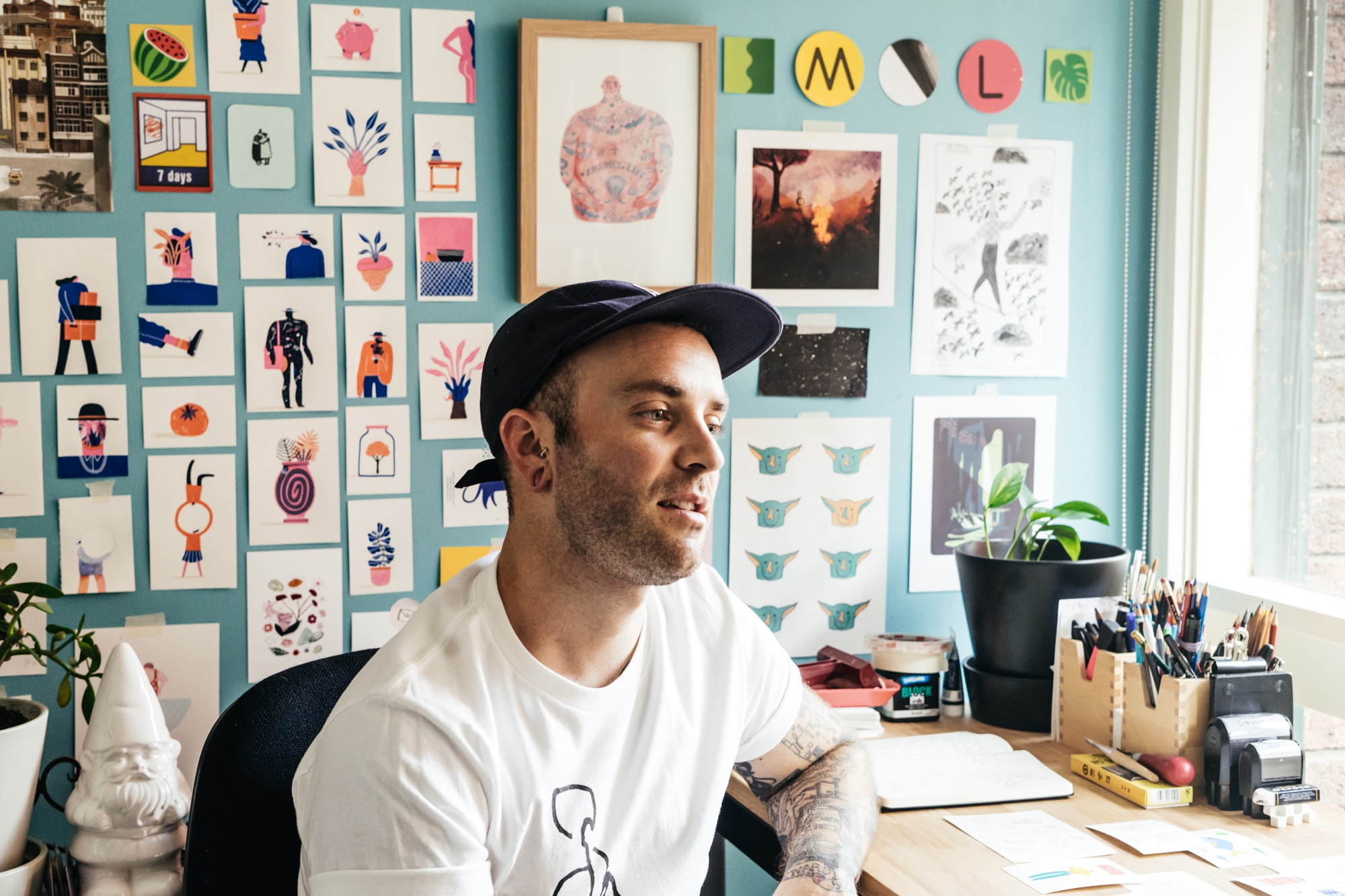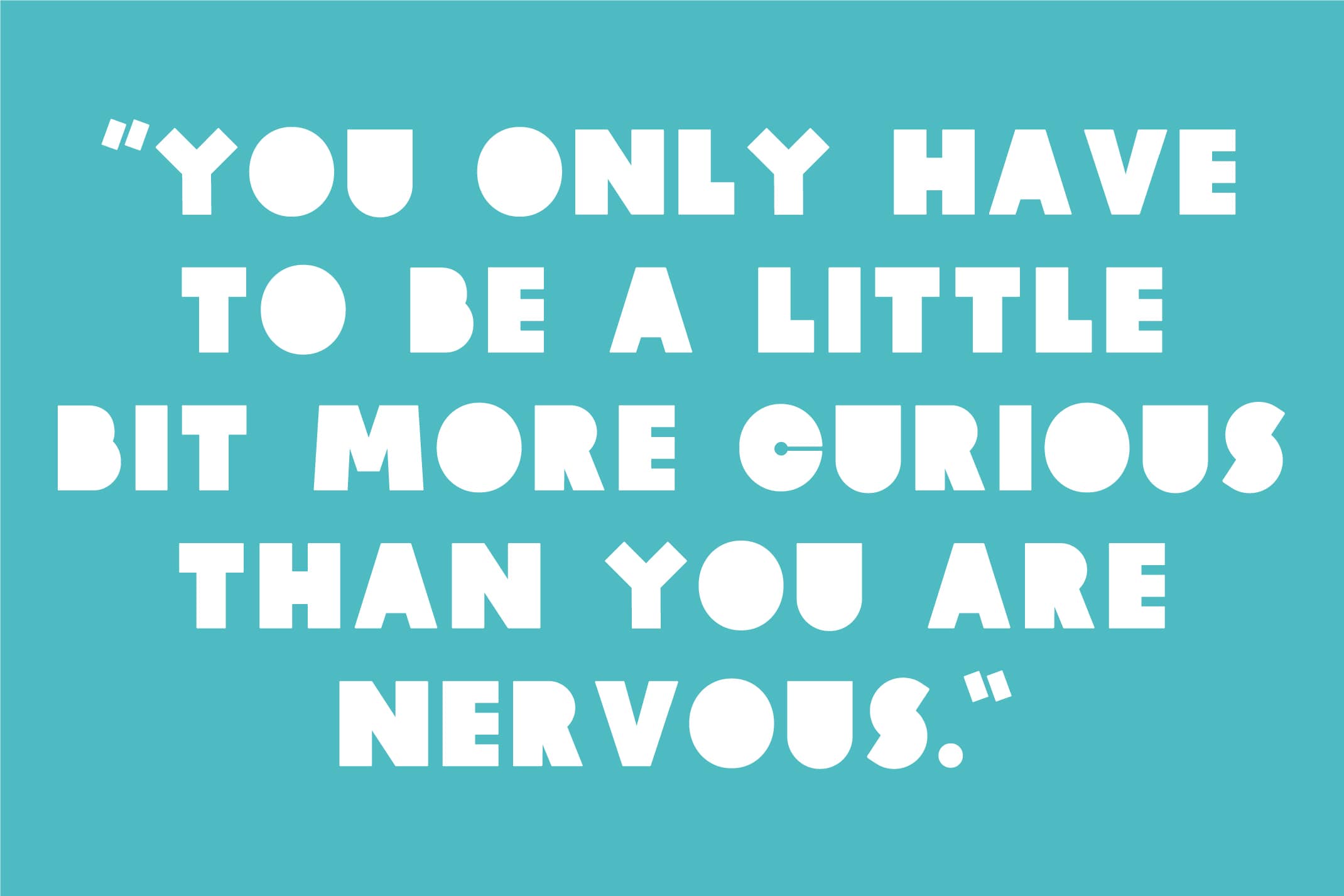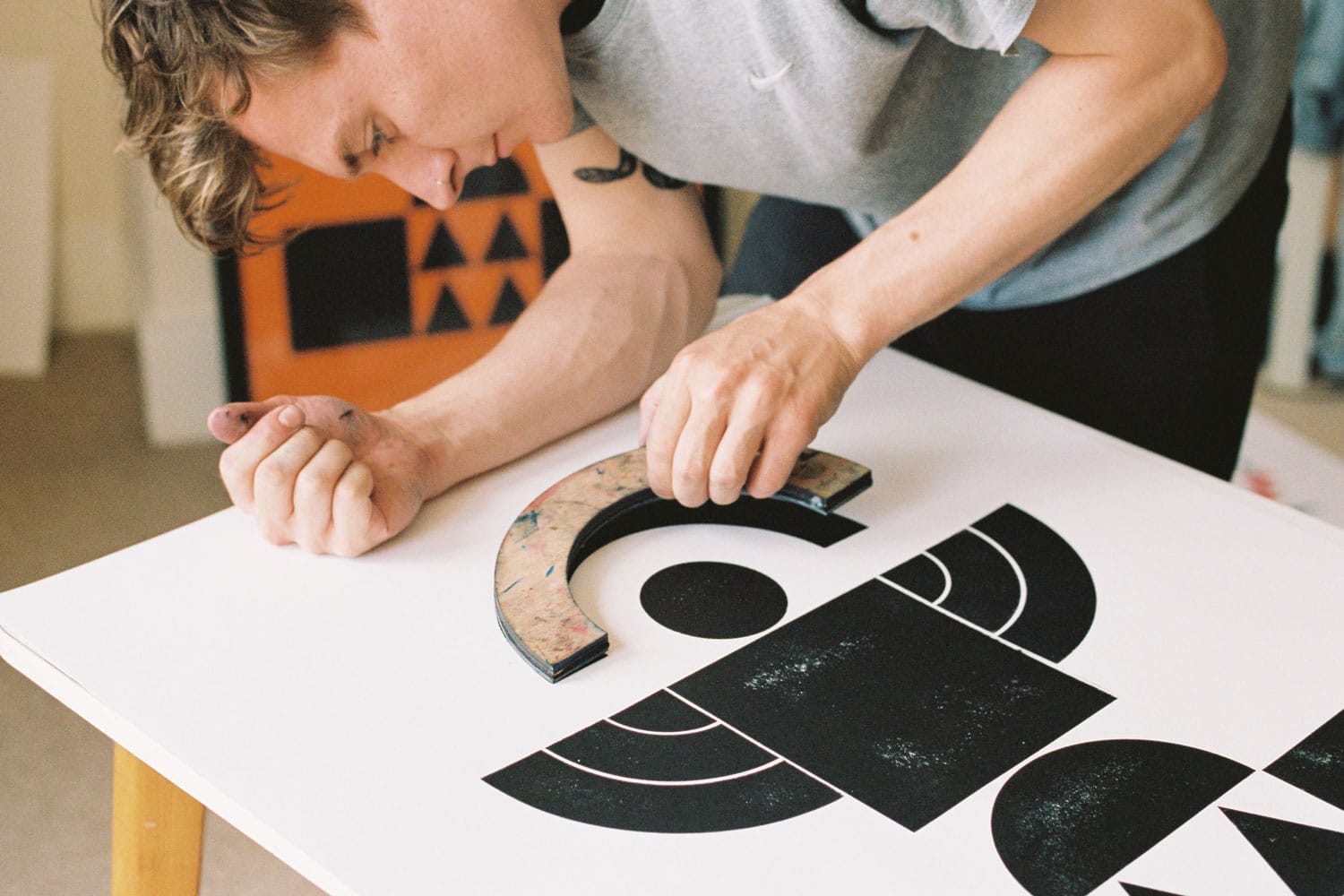
Will Mower is a multidisciplinary designer and printmaker. He works on a variety of projects for clients based predominantly in the arts, events and publishing.
In 2015 he began experimenting with printmaking, utilising modular systems and geometric forms to explore the construction of typography and graphic imagery. These exercises have led to a number of design outcomes and Will now focuses heavily on play and collaboration within his work. He is planning workshops for 2020 and divides his time between freelance work and continuing his exploration of the relationship between modular design, printmaking and play. We caught up with Will to talk about his love of printmaking, the importance of play and going freelance.
Did you always know you wanted to be a graphic designer and print maker?
I didn’t properly find printmaking until a few years ago – I’d experimented with screen printing, letterpress etc. at university and enjoyed the hands-on nature of the printmaking process but never really focused too heavily on it. In my last year I became really interested in the idea of ‘creative play’ and based my final project on how ‘play’ and ‘playfulness’ can be used as tools for learning and developing ideas. I did a lot of research into what constituted play and worked on ways of creating circumstances that could increase creative exploration, it was a really fun project to work on and I think it helped develop my approach to design in a big way. After university I really wanted to carry on exploring this idea in my free time – I’d been looking at tangrams and liked the graphical nature of them so I had a larger set of geometric wooden shapes laser-cut and started laying them out to create symbols and letterforms. At first I would just photograph the results as a way of ‘saving’ them before shuffling all the pieces up and starting again. At some point it occurred to me that making a relief print from the shapes would be a more effective and satisfying way of capturing this ‘play exercise’ so I started making prints from them and found a real enjoyment in it. It’s such a therapeutic process and has a real DIY nature to it which I love.
Tell us more about some of the projects you’ve worked on
The freelance projects I work on are pretty varied – I work a lot with arts organisations and charities but have also worked with larger brands and have done my fair share of annual reports and corporate brochures. I’m currently working a lot with a theatre in West London that’s just be rebranded and needs all of its marketing materials rolled out. It’s a great identity system and a really interesting theatre so I’ve had a lot of fun working on it.
Last year I designed an A-Z book called Block Art which presented a selection of my wood block prints. It’s available online on counter-print books as well as in some independent art shops and will be available directly through me when I finally get around to finishing my online shop. I’ve also just finished working on a modular typography stamp set that will be available to buy in the next month or so and I’m trying to do more print fairs and workshops to get my personal work out there and get people involved in the printing process.
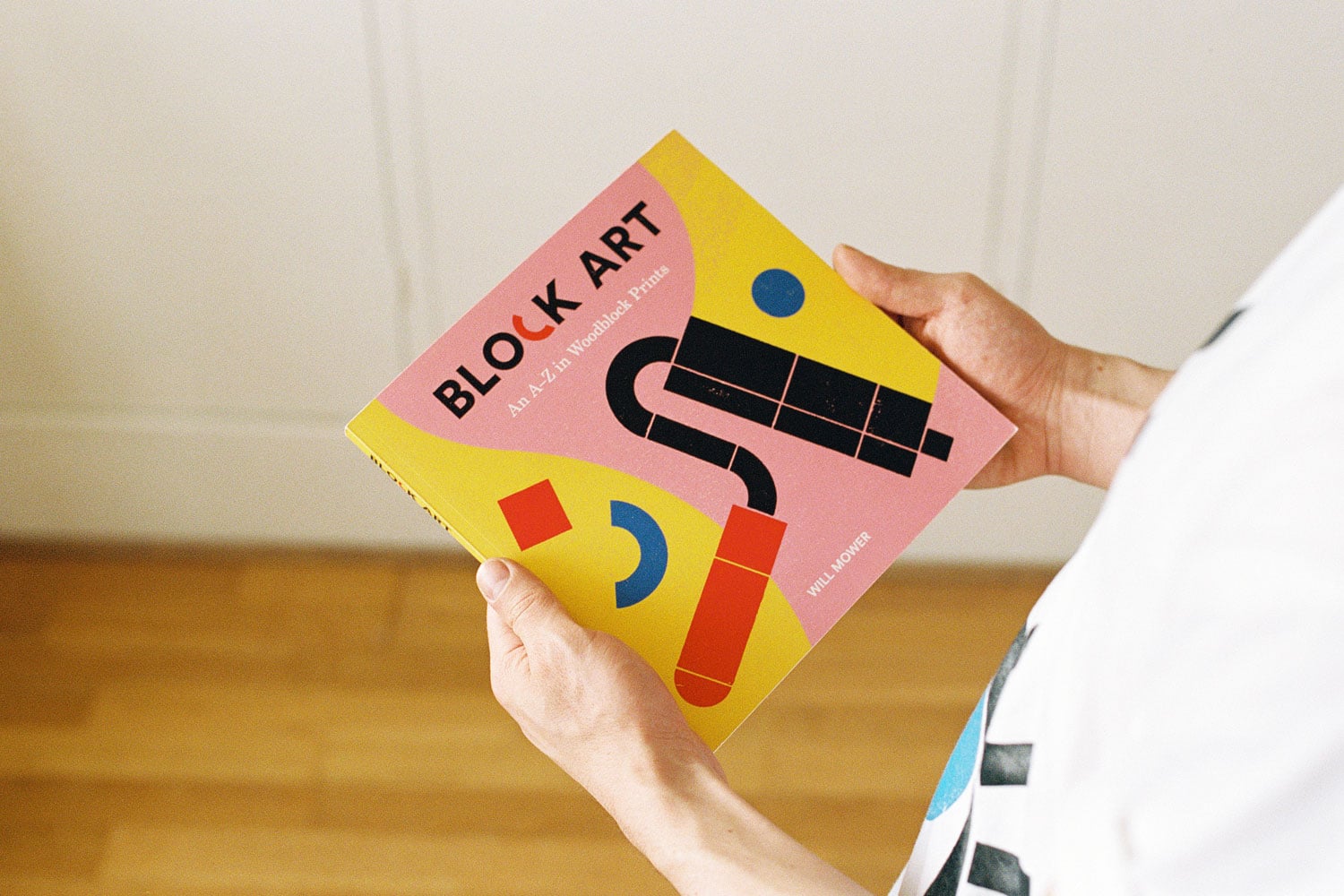
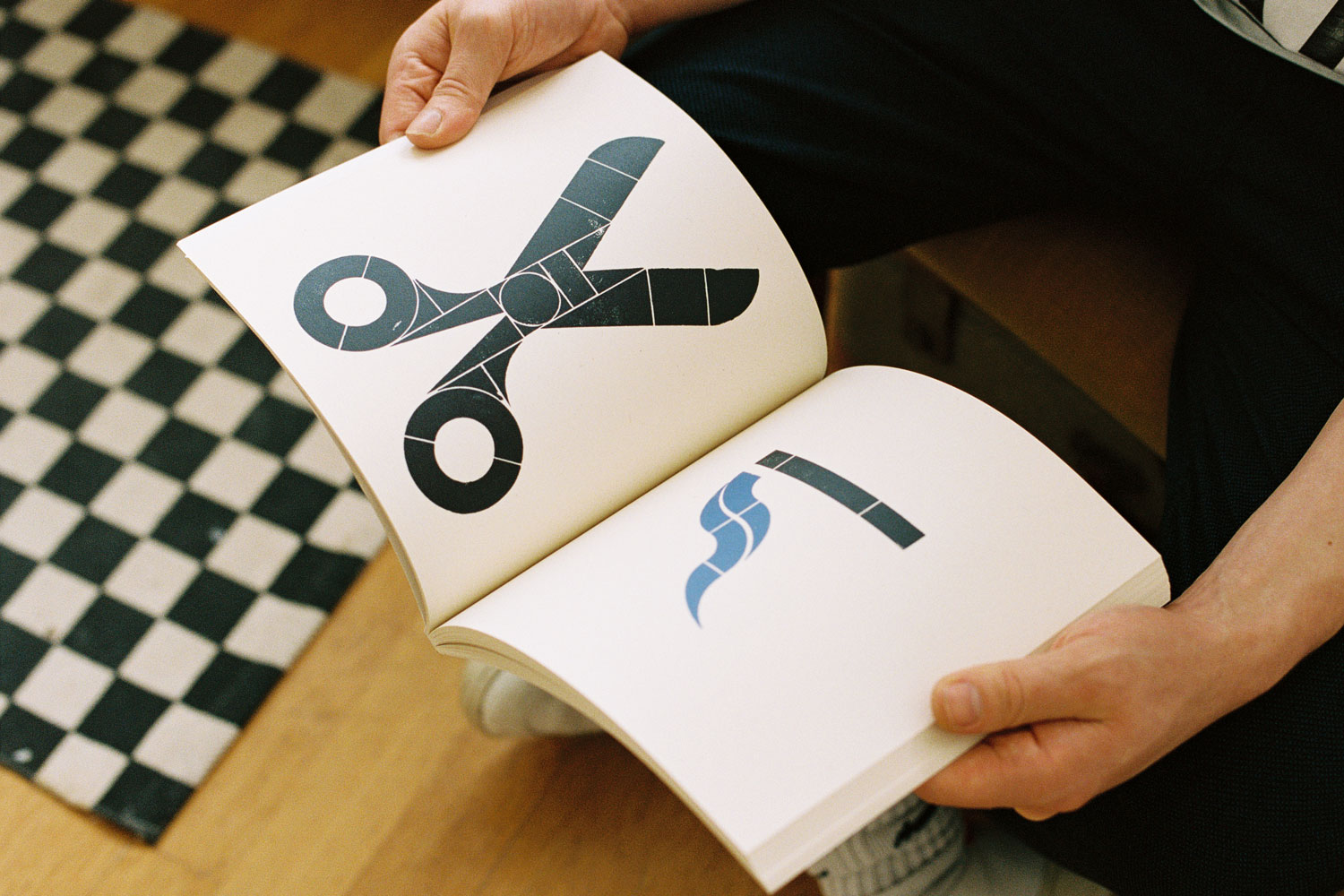
Talk us through your process
The way I approach the printing has changed as I’ve learnt more and become more ambitious with it. About a year ago I moved away from printing with wooden blocks and had these big rubber stamps made – the design is the same but they offer a lot more freedom in terms of experimenting and the increase in size means I can make much bigger prints which is always fun. I also designed up a ruler that corresponds to the size of the stamps and has markings for different paper sizes so I can line the ruler up with the paper and mark up where the first couple of blocks need to go to make sure the whole print sits evenly on the page. This makes creating typographic pieces much easier as I can work out the spacing and get them pretty accurate when producing multiples. In terms of ideas for prints I always keep a dotted notebook with me so that I can work out how an idea could translate into a print. Sometimes the idea will come from a phrase or a sign that I see, other times it’ll be just be a detail on something that gives me a a sense of how a couple of shapes could work together in an interesting way. Then I’ll usually go to the studio and play around with it for a bit – sometimes the final design will come together really quickly after this, other times I’ll park it for a bit and come back to it. If I’m really stuck I have the full set of shapes saved in an illustrator file so I can test the idea out digitally to see what works but I try and avoid this where possible as I feel some of the creative process gets a bit lost when you’re not actually testing things out by hand.
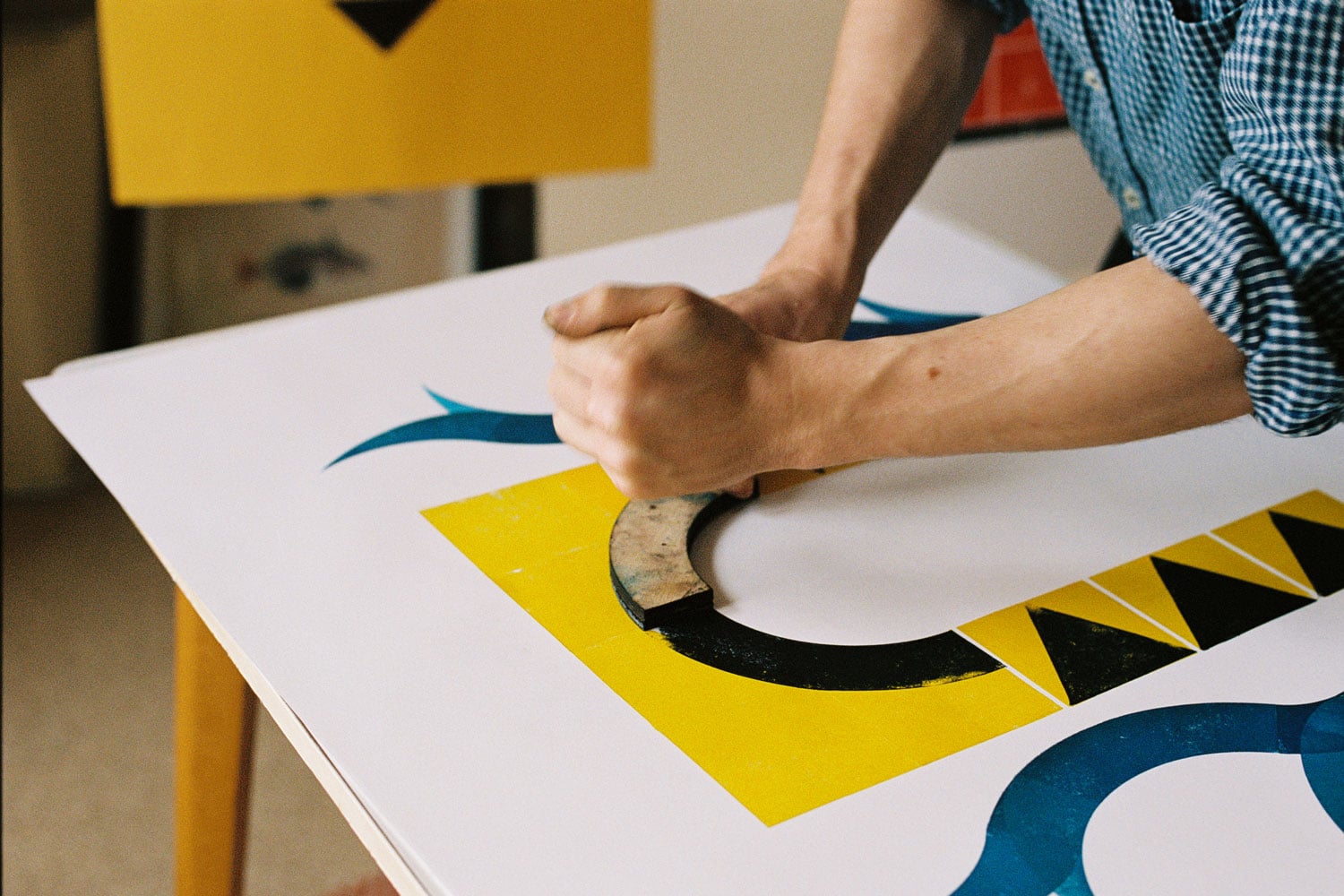
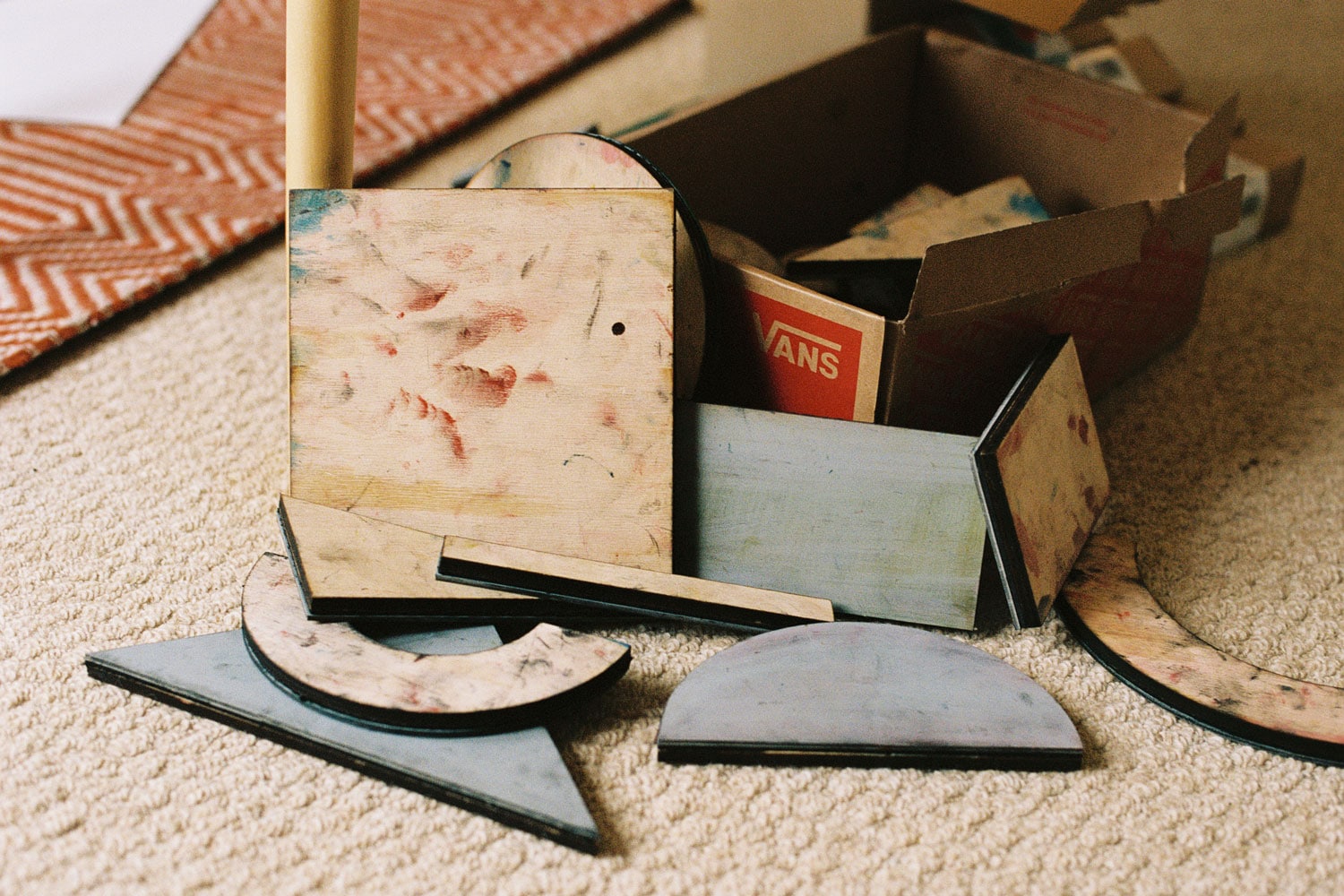
What do you love most about what you do?
As a freelancer I love working with lots of different people and I really like the way you’re constantly developing new relationships. As an approach to work it requires a fair bit of self discipline but in return you get a lot of flexibility and that really helps keep it fresh and exciting. I think overall the thing I love the most is the variety it offers – I spend most of the week working on freelance projects from home or going into offices/studios and then whenever I have a quieter day I get over to the print studio so I can work on new print ideas. I really enjoy both sides of it and whilst I’m always on the look out for opportunities in which the two things could cross over there’s also something very enjoyable about regularly mixing up what I’m working on.
What prompted you to be a freelancer?
My first design job was working as the in-house designer for an arts venue and festival. I was there for a year and a half, working on the posters/flyers/brochures and picking up the odd bit of freelance work in my spare time. After that I moved to London and joined a way-finding and branding agency that worked predominantly in transport. They were incredibly different jobs both in terms of the type of design skills and the projects but I I learnt a great deal from both of them. I was starting to take on more and more freelance work during that time and I realised that was really the route I wanted to go down. I’d built up some good relationships with freelance clients over the 3/4 years since finishing university so I decided to take the plunge and see if I could start doing it full-time. I’d been working on the print-making for a few years at that point so the extra flexibility meant I could also dedicate more time to that side of my work and start to taking it more seriously.
Do you have a good work/life balance?
I think I do and I don’t. They’ll be weeks where I’m working a lot of late nights and sometimes the weekend whilst also trying to fit in my personal work and a bit of a social life – at those points it can all feel a bit much, but then there’s other weeks where there’s very little to do (which can also be stressful as this usually means there’s no money coming in!) The two main things I’ve learnt is that making time for exercise is essential for good mental health and also that it’s important to spend your time wisely when you do have some down time. As I work from home a lot it’s easy to not leave the house when things are really busy so going swimming regularly keeps me in check and helps me to focus better. When I’ve got a slow week I try and spend time away from the house, either at the print studio or catching up with friends so when the busy periods come around they’re easier to handle.
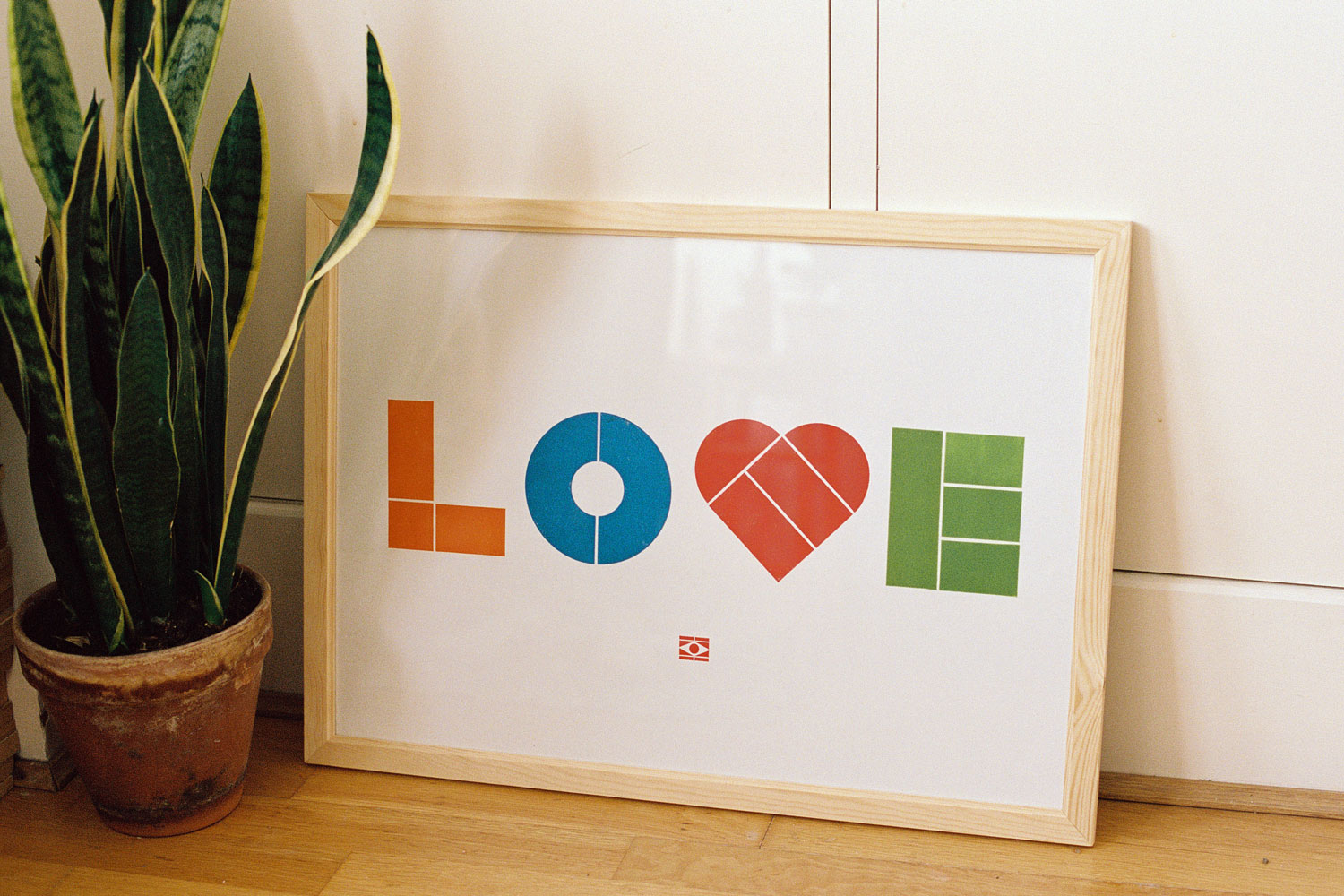
How do you get your name out there?
With a lot of my freelance work it’s built up over the last few years from word of mouth so my details will get passed along from people I’ve already worked with or by friends. I reach out directly to people or companies I’m keen to work with and I make sure my commercial portfolio is always up to date in case I see an interesting job come up. I do have a website but it needs an update so I’m currently working on creating a new one that will show a wider variety of what I do and include a shop feature so that my print work can be bought directly. I use Instagram a lot for my printing and it’s been a really useful tool in terms of getting my work out there. I don’t really use social media much in a personal context so I’d never really bothered with Instagram before I started making my own work but it’s really brilliant for showing people what I’m working on and also connecting with other printmakers and designers.
What advice would you give to anyone thinking about going freelance?
I think it’s really good to have built up some relationships with clients before going fully freelance so that you’re sure there will be work coming in when you start. I’d also say working a design job and freelancing on the side for a bit can help you test it out and decide whether it’s the right route for you. I think it’s really important to be smart with your finances – building up some savings before making the switch from full-time work to freelancing really helped me when I was first starting out and is a life-saver when you’re having slow month. When it comes to the actual job I think what’s most important is to be as clear as possible when communicating with clients – it makes the job a million times easier when everyone’s on the same page from the get go and if you’ve got a good working relationship with someone they’re obviously far more likely to come back for repeat work.
All photographs by Victoria Roper


